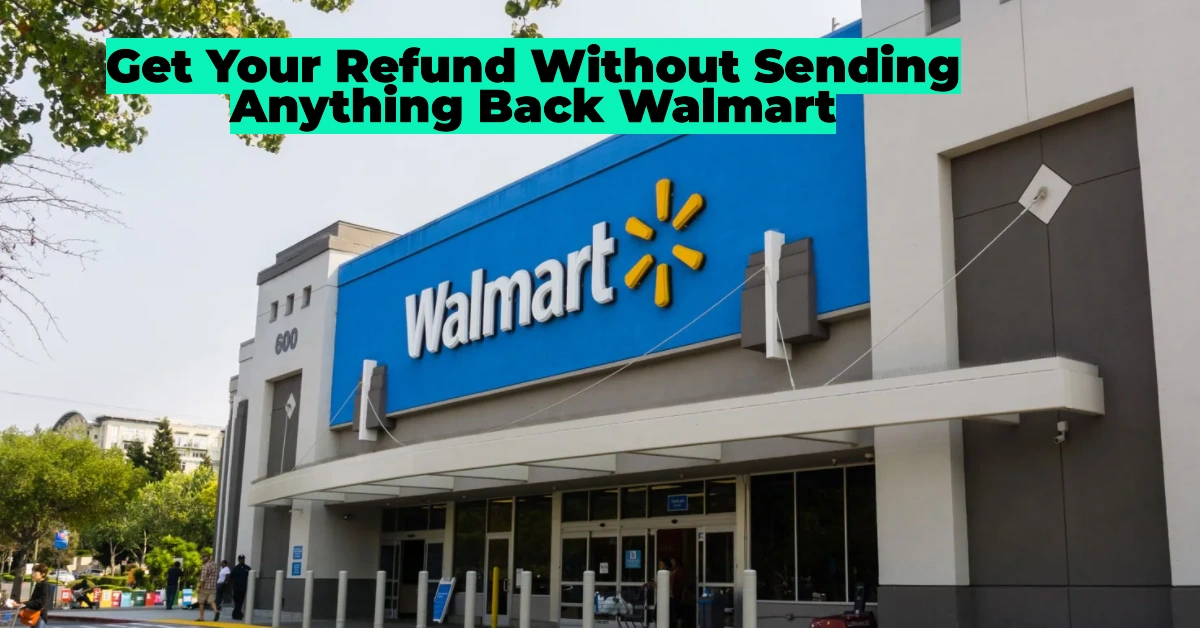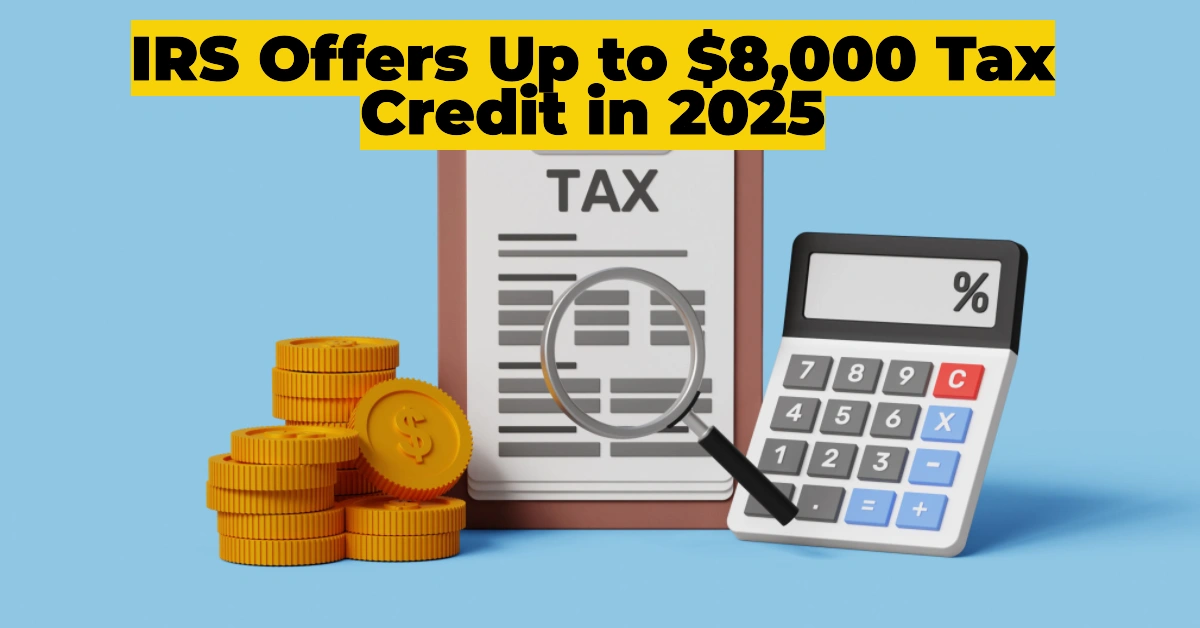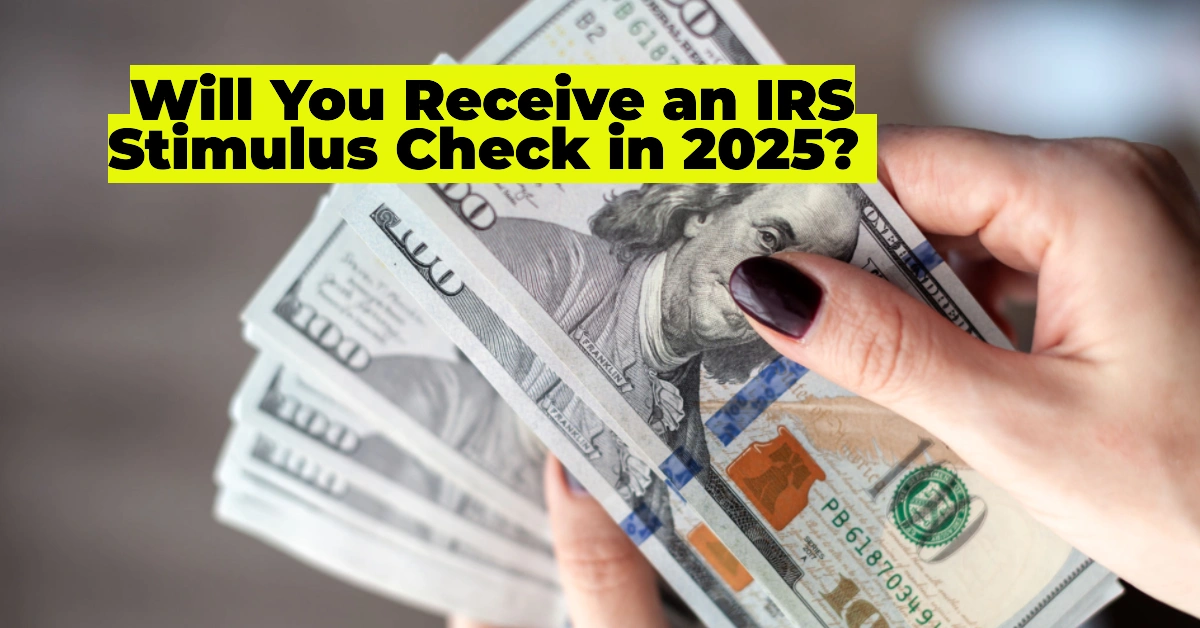Imagine buying a product online, realizing it’s not quite what you expected, and requesting a refund—only to be told you can keep the item and still get your money back. Sounds too good to be true, right? Well, for some of the world’s biggest retailers, including Amazon, Walmart, Target, and Chewy, this is becoming a standard business practice.
Table of Contents
This growing trend, known as returnless refunds, is quietly reshaping the e-commerce landscape, offering a win-win situation for both retailers and consumers. But why are these companies letting customers keep their purchases instead of asking for returns? And what does this mean for the future of online shopping?
Let’s break it down.
What Are Returnless Refunds and Why Are They Happening?
Returnless refunds allow customers to receive a full refund without having to send the product back. While it might seem like a generous customer service policy, the reality is this is a cost-cutting strategy designed to:
✅ Reduce return shipping costs (which can often exceed the price of the product)
✅ Avoid labor and processing fees associated with restocking returned items
✅ Eliminate waste for products that can’t be resold due to health regulations or damage
✅ Improve customer satisfaction and increase brand loyalty
For retailers, handling returns can be a logistical nightmare. Processing returns means dealing with packaging, inspections, repackaging, and restocking, all of which add up quickly. In some cases, returning an item simply isn’t worth the cost—especially for low-cost or bulky products.
Take a $15 phone case or a $20 T-shirt as an example. The cost of processing, repackaging, and shipping that item back might be $30 or more, making the entire return process a financial loss for the retailer. Instead of wasting time and money, companies like Amazon and Walmart have decided it’s cheaper and more efficient to let the customer keep the product and refund their money.
IRS Distribute Stimulus Catch-Up Payments to Qualified Virgin Islanders
IRS Offers Up to $8,000 Tax Credit in 2025: How to Qualify and Maximize Your Refund
Walmart US Store Closures 2024: Is Your Local Store on the List?
Which Companies Are Offering Returnless Refunds?
While most retailers don’t explicitly advertise returnless refunds, several major companies have implemented this policy under specific conditions.
1. Amazon: The Pioneer of Returnless Refunds
Amazon has been a leader in the returnless refund revolution, particularly for items sold through third-party sellers using its Fulfillment by Amazon (FBA) program.
🔹 For purchases under $75, Amazon allows third-party sellers to offer a refund without requiring a return.
🔹 Amazon has also extended this option to international sellers, especially those shipping from China.
🔹 Many low-cost items and bulky products qualify for returnless refunds on a case-by-case basis.
2. Walmart: Following in Amazon’s Footsteps
Walmart has quietly introduced returnless refunds as an option for marketplace sellers, allowing them to:
🔹 Set their own returnless refund policies based on product price and category
🔹 Issue refunds for low-cost or difficult-to-resell items without requiring a return
🔹 Improve customer satisfaction while reducing return processing costs
3. Shein, Temu, and Other Chinese Retailers
Retailers based in China, like Shein and Temu, have adopted returnless refunds in a limited capacity. These retailers, known for selling low-cost fashion and household items, are more likely to issue refunds without returns for:
🔹 Fast fashion items (clothing, accessories, and shoes)
🔹 Household goods that are inexpensive to produce but costly to ship back
🔹 Products with minor defects that are still usable
4. Target, Overstock, and Pet Retailer Chewy
🔹 Target and Overstock have started using returnless refunds selectively for certain online purchases.
🔹 Chewy, a popular pet retailer, has taken a unique approach—instead of returning unwanted pet products, customers are encouraged to donate them to local animal shelters.
This customer-friendly approach not only helps retailers save money but also contributes to charitable causes.
How Do You Qualify for a Returnless Refund?
Not every item is eligible for a returnless refund. Retailers use algorithms to determine when to offer this option, based on:
📌 Product cost – Low-cost items are more likely to qualify.
📌 Shipping fees – If returning an item costs more than the product itself, a returnless refund is more likely.
📌 Resale value – If a returned item can’t be resold, retailers prefer to skip the return process.
📌 Health and safety concerns – Items like cosmetics, medications, and perishables are often not eligible for resale, making returnless refunds a common solution.
Typically, customers don’t get to choose whether they receive a returnless refund—it’s determined by the retailer’s internal policies.
The Pros and Cons of Returnless Refunds
✅ Benefits for Consumers
✔️ Instant refunds – No waiting for a return to be processed.
✔️ No hassle – No need to package, ship, or drop off the item.
✔️ Keep the product – You might end up with a free item.
❌ Drawbacks for Retailers and the Environment
❌ Potential for fraud – Some customers might abuse the system by falsely claiming issues with their orders.
❌ Increased waste – More unwanted products could end up in landfills.
❌ Selective application – Not all customers will qualify for a returnless refund, leading to inconsistencies in policy.
Are Returnless Refunds Here to Stay?
As online shopping continues to grow, returnless refunds are likely to become more common, especially for low-cost, bulky, and difficult-to-resell products. Retailers save money, customers get faster refunds, and in some cases, charitable donations increase.
However, the rise of returnless refunds also raises questions about sustainability, fairness, and potential abuse. As retailers refine their policies, they will need to strike a balance between cost efficiency and customer satisfaction.
One thing is clear: the way we return products is changing forever.










